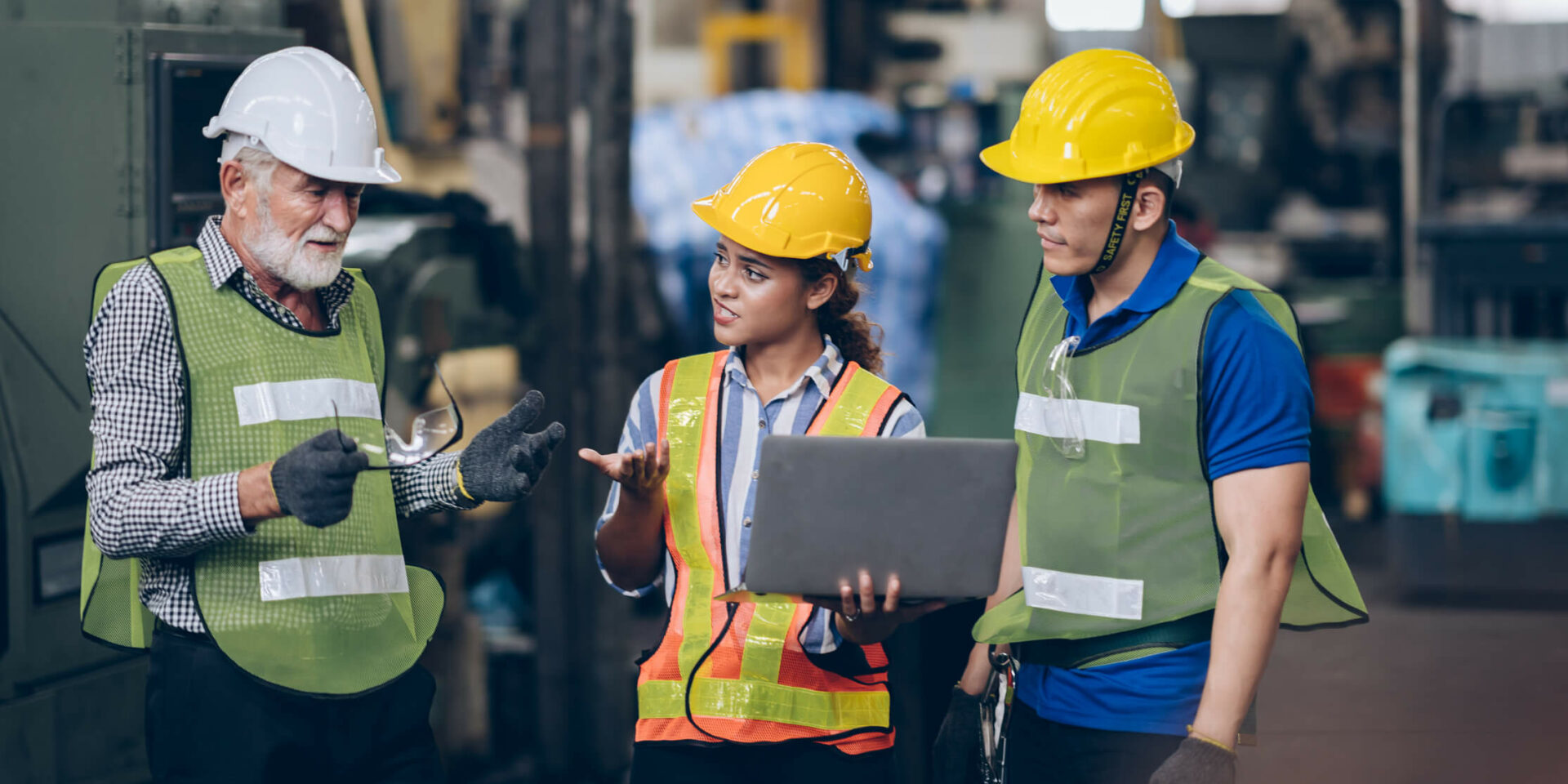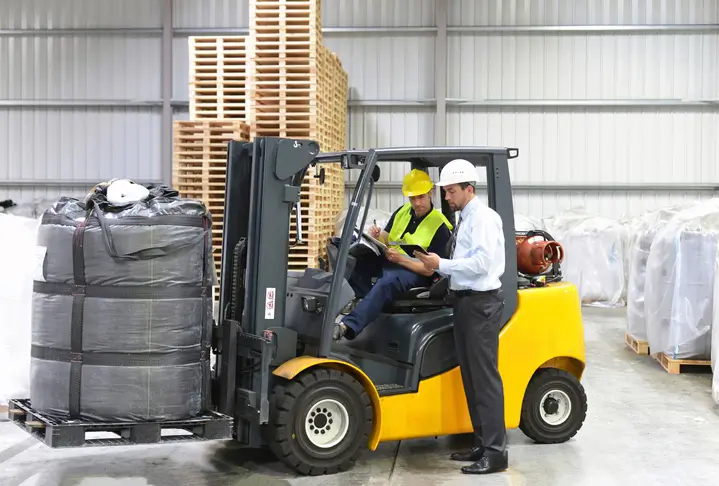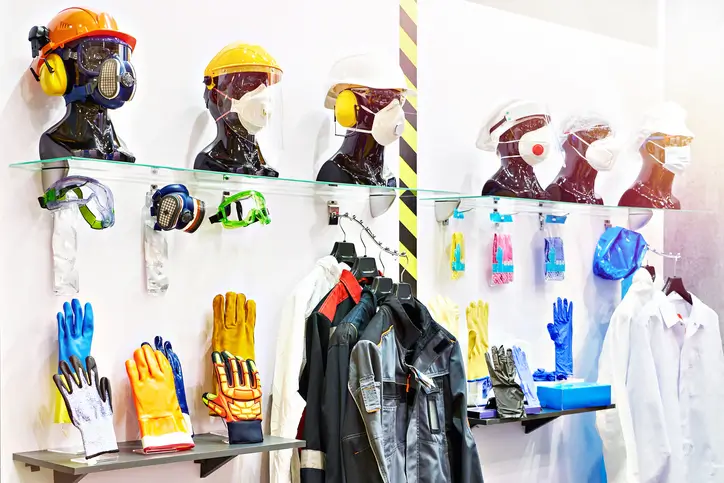What Is Fall Protection Standard 1910.29?
Fall Protection standard specifically addresses fall protection systems criteria and practices. It outlines the requirements that employers must follow to protect workers from falling off from worksites. The standard covers a range of aspects, including the selection and use of fall protection systems, training requirements, and the proper installation and maintenance of such systems.
In this article, you will learn more about the 1910.29 fall protection standards.
Why We Follow OSHA Fall Protection Systems Criteria?
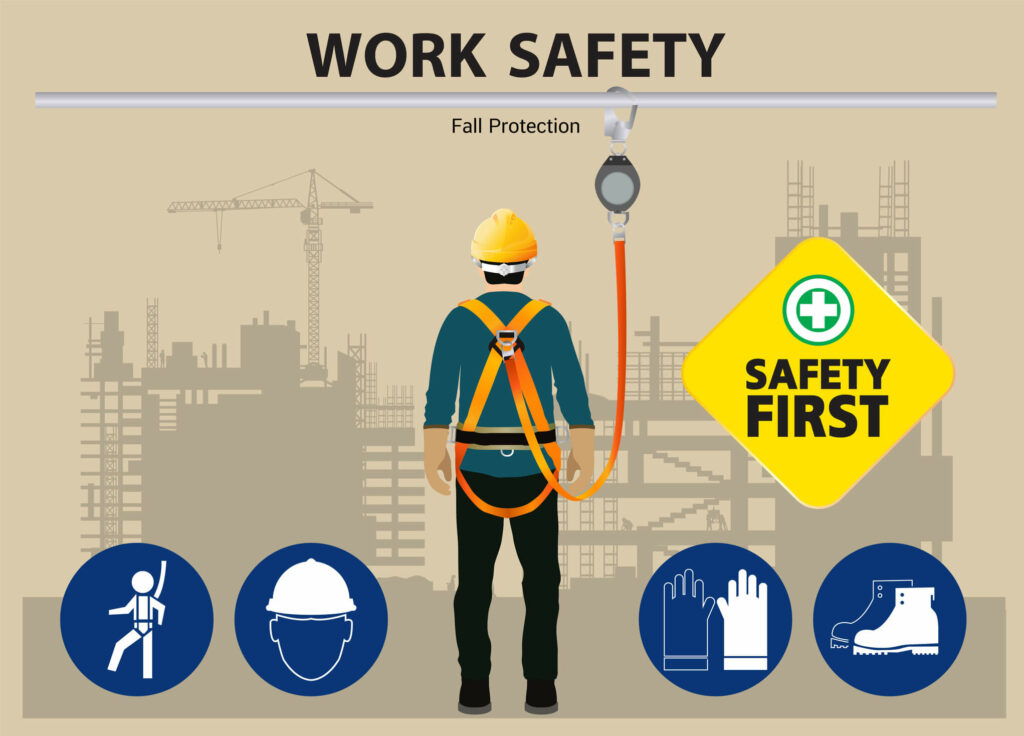
According to research in 2018, almost 320 fatalities were reported that are related to construction falls. The primary purpose of adhering to OSHA fall protection systems criteria is to mitigate the risks associated with falls in the workplace. Falls are a leading cause of injuries and fatalities, and implementing effective fall protection measures is essential to safeguarding workers. By following these criteria, employers can create a safer working environment, reduce the likelihood of accidents, and ensure compliance with regulatory standards.
Before OSHA Fall Protection Standard 1910.29
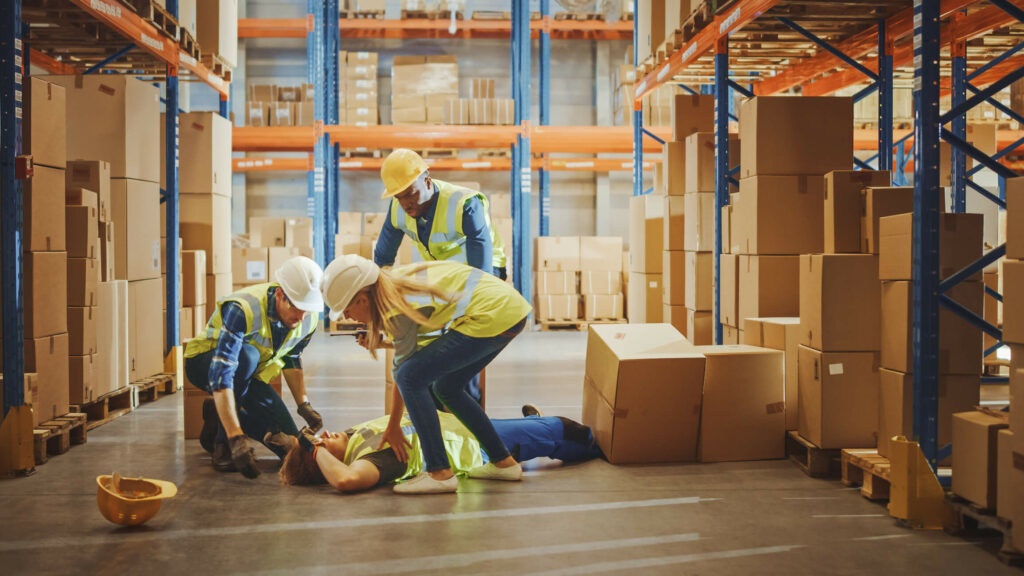
Before the establishment of Fall Protection 1910.29, fall protection measures were not consistently regulated across industries. Employers often had varying practices, and the absence of a standardized approach led to increased incidents of falls and related injuries. There was a lack of clear guidelines, and employers were not held to a uniform standard, contributing to a higher risk of accidents and fatalities.
After Fall Protection Standard 1910.29
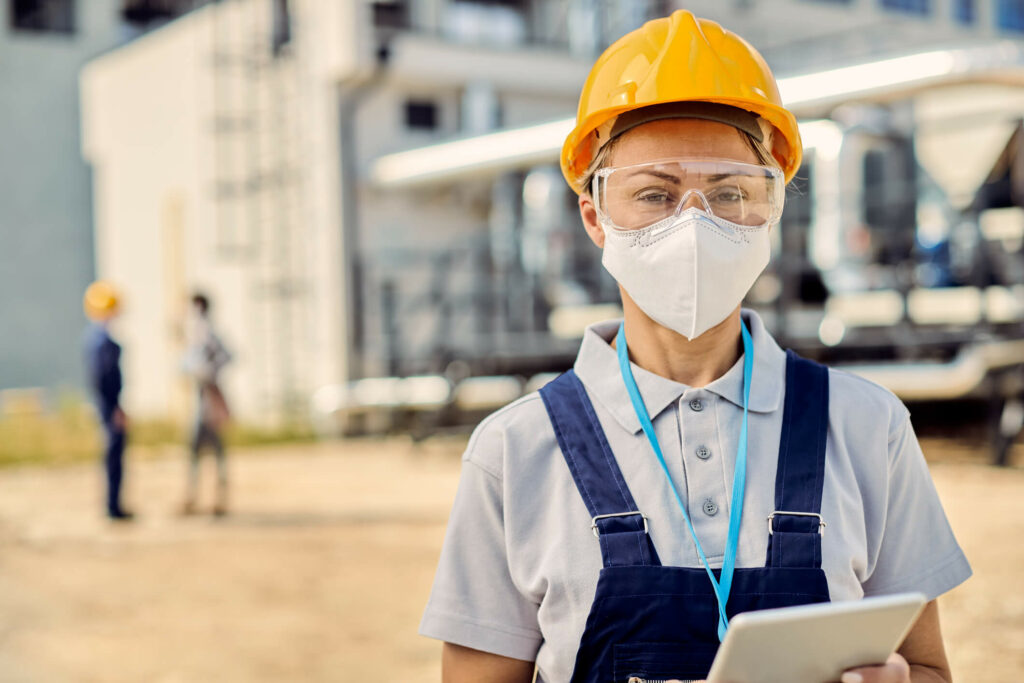
The introduction of OSHA Fall Protection Standard 1910.29 brought about a significant change in the way fall protection systems were approached and implemented in the workplace. The standard provided a comprehensive set of guidelines that employers had to follow, establishing a consistent and uniform approach to fall protection across industries. This standardization has played a crucial role in reducing the number of fall-related accidents and improving overall workplace safety.
Guidelines for OSHA Fall Protection Systems
Fall protection is a critical aspect of workplace safety, and the Occupational Safety and Health Administration (OSHA) in the United States has established guidelines to address and prevent falls in various industries. OSHA’s fall protection standards are outlined primarily in Subpart D (Walking-Working Surfaces) and Subpart I (Personal Protective Equipment) of 29 CFR Part 1910. Here are key elements and guidelines from OSHA regarding fall protection:
General Requirements (1910.22):
- Floors, platforms, and surfaces must be clean, dry, and in good repair.
- Employers must ensure that walking-working surfaces can support the expected loads.
Guardrail Systems (1910.23):
- Guardrail systems must be installed on unprotected sides and edges of platforms, runways, and ramps.
- Guardrails should be 42 inches high, with a midrail and toeboard.
Process To Acquire New York OSHA 30 CertificatePersonal Fall Arrest Systems (1910.28):
- Employers must assess the workplace to determine if walking-working surfaces have the strength and structural integrity to support employees.
- Personal fall arrest systems must be used when the height of the working surface is four feet or more above a lower level.
Safety Nets (1910.29):
- Safety nets must be installed when workplaces are elevated, and there is a risk of falling.
- Nets must be installed as close as practicable beneath the walking-working surface but not more than 30 feet below.
Designated Areas (1910.23):
- Employers may establish designated areas where employees can work without personal fall protection systems if specific criteria are met.
Hole Covers (1910.23):
- Employers must cover and secure holes in walking-working surfaces.
- Covers must be capable of supporting twice the weight of employees, equipment, and materials.
Training (1910.30):
- Employers are required to provide training to employees exposed to fall hazards.
- Training should cover the proper use, inspection, and maintenance of fall protection systems.
Anchorage Criteria (1910.140):
- Anchorage points for personal fall arrest systems must be capable of supporting at least 5,000 pounds per employee attached.
Inspection of Fall Protection Equipment (1910.140):
- Employers must ensure that all fall protection equipment is inspected regularly by a competent person.
Leading Edge Work (1910.28):
- Additional measures are required when working on leading edges, such as using warning lines, control zones, or fall protection systems.
Protection from Falling Objects (1910.28):
- Employers must ensure that employees are protected from falling objects through the use of toeboards, screens, or guardrail systems.
Residential Construction (1926 Subpart M):
- For construction activities, including residential construction, specific fall protection standards apply under 29 CFR Part 1926.
Control of Hazardous Energy (Lockout/Tagout – 1910.147):
- In situations where energy control procedures are implemented, fall protection measures must be in place.
Benefits of Following OSHA Fall Protection Systems
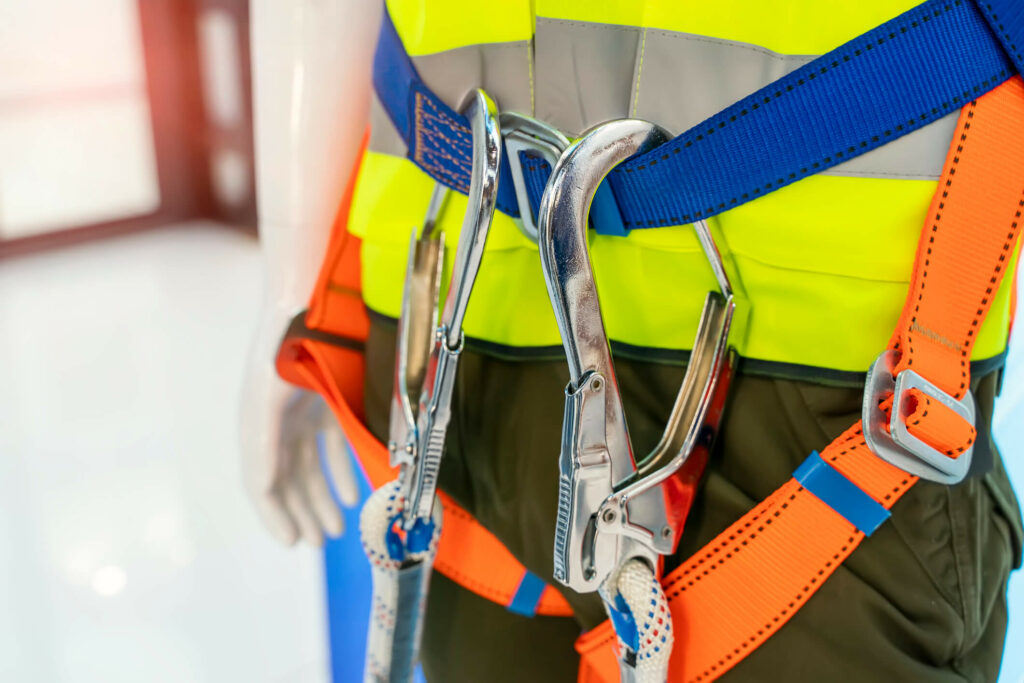
The benefits of following OSHA fall protection guidelines are wide-ranging and impactful, contributing to the well-being of workers, legal compliance, and overall organizational success.
Reduced Incidents & Injuries
One of the primary benefits of considering OSHA fall protection system guidelines is the substantial reduction in incidents and injuries related to falls. Falls are a leading cause of workplace accidents, and implementing OSHA-recommended measures significantly lowers the risk. Employers can make workplaces safer by installing fall protection equipment including guardrails, safety nets, and personal fall arrest devices. This lowers the number of accidents and fatalities that occur.
Compliance with Regulatory Standards
Employers are able to avoid fines and legal ramifications by following OSHA’s fall protection rules that guarantee compliance with regulatory standards. Organizations that meet or surpass OSHA requirements showcase their dedication to providing a safe and secure work environment for their employees. These standards serve as a baseline for workplace safety.
Improved Workplace Culture
A commitment to OSHA fall protection guidelines contributes to a positive workplace culture centered on safety. When employees perceive that their well-being is a top priority, it enhances morale and job satisfaction. Workers feel valued and are more likely to engage in their tasks with confidence, knowing that their employer prioritizes their safety. This positive culture, in turn, promotes teamwork, communication, and overall organizational cohesion.
Enhanced Productivity
Increased productivity is directly correlated with a safe working environment. Employees can concentrate better on their work without being distracted by concerns about their safety when they feel safe and secure at work. Fewer occurrences translate into less interference with daily operations, decreased injury-related absenteeism, and increased productivity. Thus, the organization’s long-term productivity and success are enhanced by the investment in fall prevention systems.
Positive Public Image
Organizations that prioritize safety and adhere to OSHA guidelines build a positive public image. Customers, clients, and partners are more likely to trust and support businesses that prioritize the safety of their employees. A positive reputation not only strengthens existing relationships but can also attract new opportunities and partnerships, contributing to the overall success of the organization.
Legal Protection
Employers are legally protected if they follow OSHA’s fall protection regulations. In the event of an incident, having documented adherence to established safety standards can serve as a defense against legal liabilities. This legal protection is crucial for mitigating the risk of lawsuits and safeguarding the organization’s reputation
Innovation & Continuous Improvement
Committing to OSHA fall protection guidelines encourages organizations to adopt a mindset of continuous improvement. Regularly reviewing and updating safety measures promotes innovation in the workplace. Employers may discover new technologies, methods, or equipment that further enhance fall protection, ensuring that their safety protocols remain at the forefront of industry standards.
Global Competitiveness
Compliance with OSHA’s fall protection requirements and other safety criteria can improve an organization’s competitiveness. Working with organizations that follow robust safety standards is also a priority for many international clients. The company is positioned as a reliable and accountable partner in the international marketplace if it complies with or exceeds these OSHA fall protection standards.
Conclusion
The implementation of Fall Protection Standards 1910.29 marks a pivotal moment in ensuring workplace safety. The benefits of considering OSHA fall protection system guidelines, which are taught in programs like OSHA 10 Hour Construction Industry Outreach Training Program, extend beyond mere compliance. They encompass the creation of a safer workplace, legal protection, improved organizational culture, and enhanced productivity. Organizations that prioritize worker safety not only fulfill their moral and legal obligations but also position themselves for sustained success in a competitive and ever-evolving business environment.

